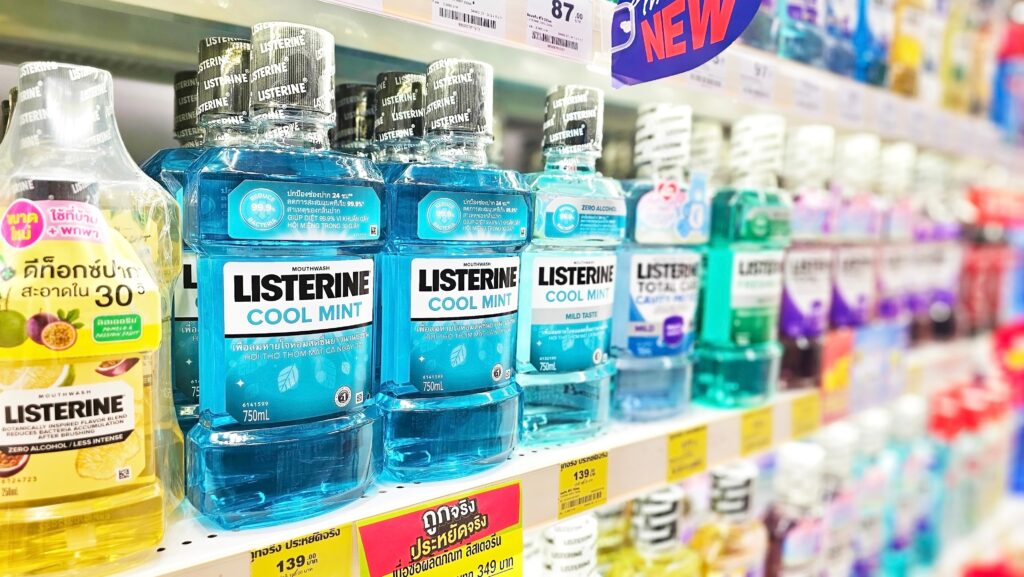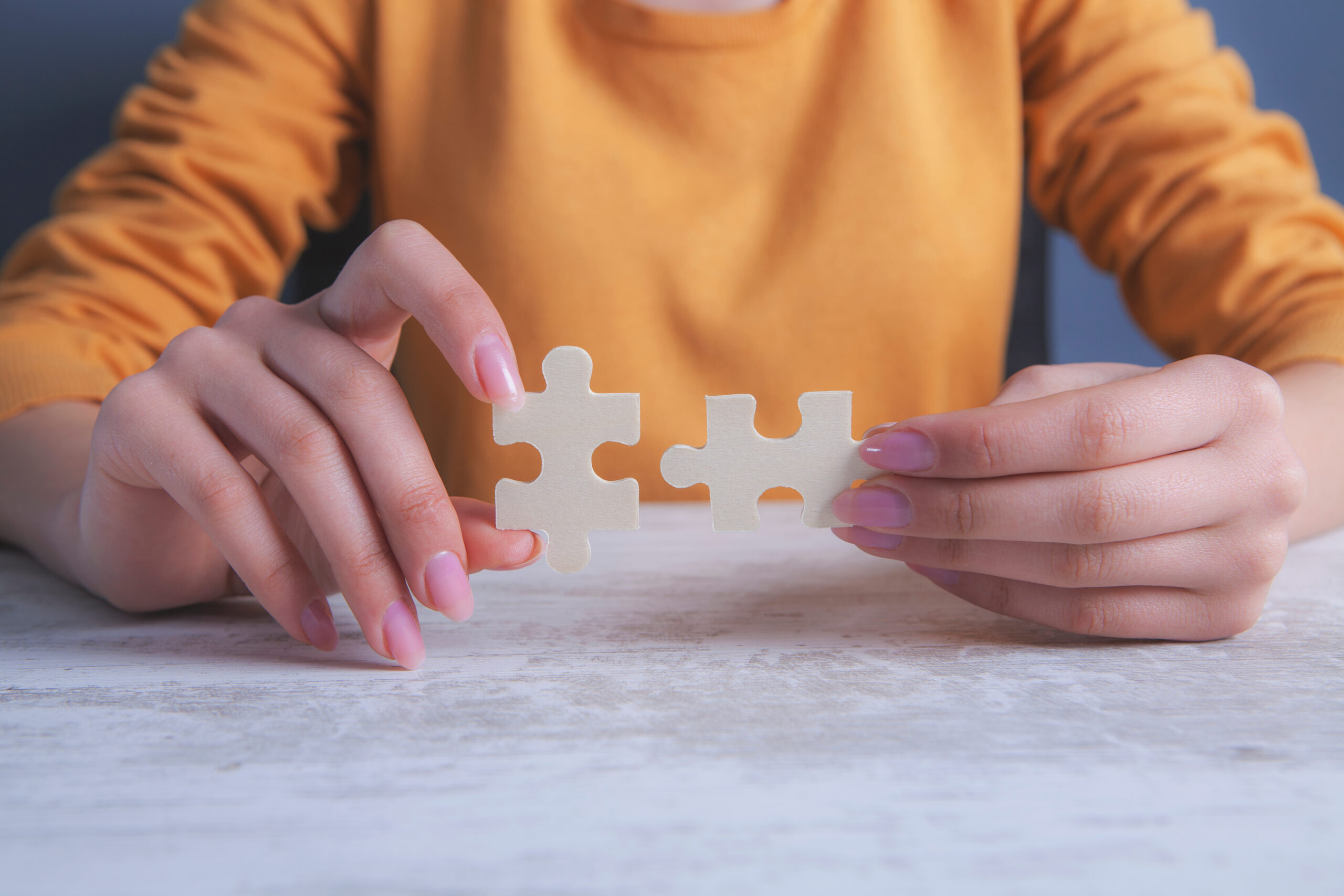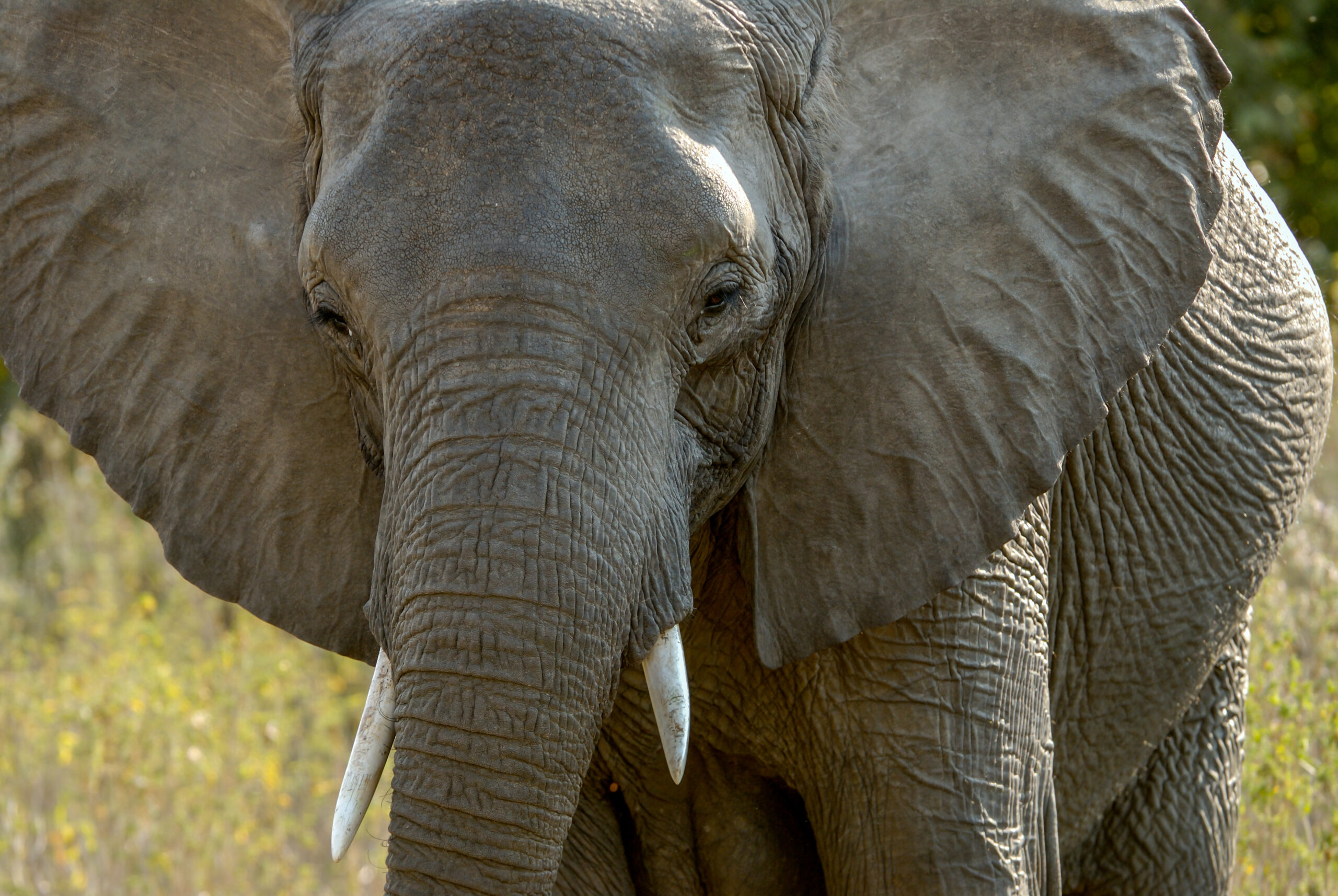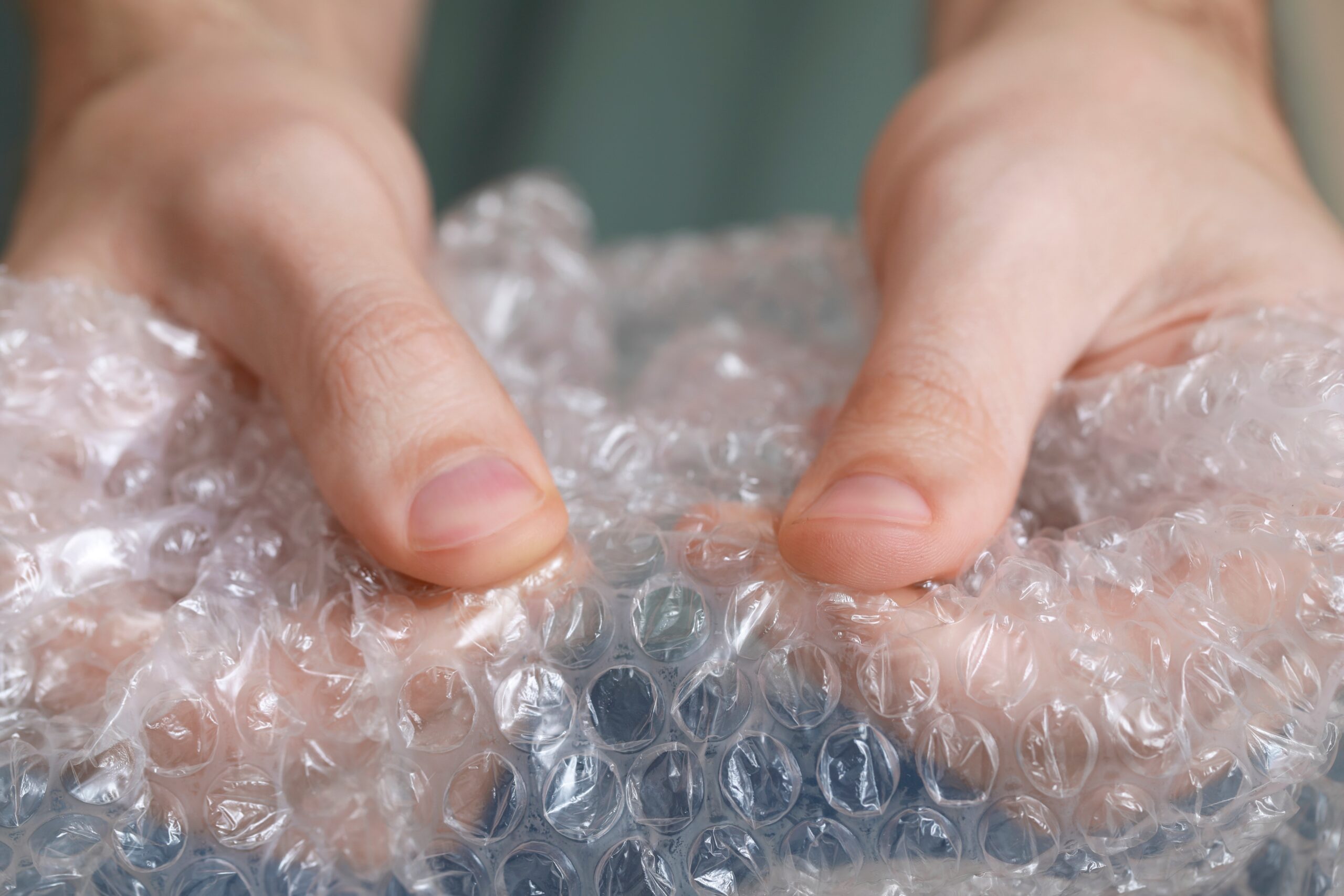Invention is rarely a straight path. Some of the world’s most ubiquitous products were never meant to exist in the way we know them today. They began as ideas for entirely different purposes, only to be repurposed through accident, ingenuity, or sheer necessity. These stories are more than trivia—they challenge us to see beyond the obvious, embrace adaptability, and reimagine our own limitations.

Outline
- Bubble Wrap: From Wallpaper to Worldwide Obsession
- Play-Doh: The Cleaning Product That Became a Childhood Staple
- Coca-Cola: A Medicinal Tonic Turned Global Icon
- Listerine: From Surgical Antiseptic to Mouthwash
- The Slinky: A Mechanical Mishap Turned Toy Sensation
- Post-it Notes: A Failed Adhesive That Stuck
- Corn Flakes: A Happy Kitchen Accident
- The Microwave: Radar Technology’s Delicious Side Effect
- Viagra: A Heart Medication That Took an Unexpected Turn
- Super Glue: A Failed Experiment in Transparent Plastic
- Rethinking Possibilities
- FAQs
1. Bubble Wrap: From Wallpaper to Worldwide Obsession
Bubble wrap was never meant to protect fragile items. In 1957, engineers Alfred Fielding and Marc Chavannes set out to create a new kind of wallpaper—one that was textured and modern. Their invention flopped, but instead of scrapping it, they realized its potential as a packaging material. Today, it’s indispensable in shipping and stress relief. The lesson? Sometimes, failure is just a prototype for something better.
2. Play-Doh: The Cleaning Product That Became a Childhood Staple
Before it became a creative tool for children, Play-Doh was used to clean wallpaper. In the 1930s, it was a pliable compound designed to remove soot stains from coal-heated homes. But as gas heating took over, sales plummeted—until a teacher discovered its potential as a modeling clay. Reinvention saved it, proving that adaptability can breathe new life into fading ideas.
3. Coca-Cola: A Medicinal Tonic Turned Global Icon
John Pemberton originally created Coca-Cola as a medicinal drink to relieve headaches and fatigue. Infused with coca leaves and kola nuts, it was intended as a therapeutic syrup. However, after carbonated water was mistakenly added at a pharmacy, the beverage took on a new identity. Sometimes, a fresh perspective transforms an idea from ordinary to extraordinary.
4. Listerine: From Surgical Antiseptic to Mouthwash
Originally, Listerine was an antiseptic developed for surgeries in the 19th century. Over time, it was marketed as a floor cleaner, a cure for gonorrhea, and even a dandruff treatment. Its final evolution into a mouthwash was almost an afterthought. The takeaway? Products—and people—often need time to find their true purpose.

5. The Slinky: A Mechanical Mishap Turned Toy Sensation
In the 1940s, naval engineer Richard James was developing springs for stabilizing ship equipment. When one of them tumbled off a shelf and ‘walked’ down, he saw the potential for a toy. The Slinky became a global sensation, reminding us that curiosity and open-mindedness can turn accidents into opportunities.
6. Post-it Notes: A Failed Adhesive That Stuck
3M scientist Spencer Silver was trying to create a super-strong glue. Instead, he developed a weak, repositionable adhesive. It sat unused for years until a colleague realized it could be perfect for marking pages in a book. The result? Post-it Notes. This story reminds us that the right application of an idea might not be immediate, but it will reveal itself in time.
7. Corn Flakes: A Happy Kitchen Accident
John Harvey Kellogg, a staunch health advocate, was experimenting with ways to create a new kind of healthy food. A cooking mistake led to the creation of flaked cereal, which became a breakfast staple. Even unintentional results can lead to groundbreaking discoveries.
8. The Microwave: Radar Technology’s Delicious Side Effect
During World War II, Percy Spencer was working with radar equipment when he noticed a chocolate bar in his pocket had melted. Intrigued, he experimented further and discovered that microwaves could cook food. What was once a military tool became a kitchen essential, proving that observation is the first step to innovation.
9. Viagra: A Heart Medication That Took an Unexpected Turn
Viagra was initially developed to treat high blood pressure and chest pain. However, during trials, researchers noticed an unexpected side effect. Instead of discarding it, they rebranded it as a treatment for erectile dysfunction—one of the most famous pharmaceutical pivots in history.
10. Super Glue: A Failed Experiment in Transparent Plastic
During World War II, scientists were searching for a clear plastic for gun sights. One experiment created a substance that stuck to everything but wasn’t useful at the time. Years later, researchers realized its value as an ultra-strong adhesive. The lesson? Not every discovery will make sense immediately, but in the right context, it can be revolutionary.
Rethinking Possibilities
Each of these stories carries a deeper truth: ideas, much like people, don’t always start where they belong. They evolve, adapt, and sometimes find success in the most unexpected ways. This isn’t just about products; it’s about mindset. How often do we discard our own ideas too soon because they don’t fit their original purpose? How often do we resist change because we fear failure?
The next time you encounter a setback, remember the journey of Play-Doh, the microwave, or bubble wrap. What if your supposed failure is just waiting for its true purpose? Perhaps the most valuable skill is not just inventing but being willing to reinvent.
Embrace the detours. They might just lead to something extraordinary.
FAQs
What was Play-Doh originally invented for?
Play-Doh was first created as a wallpaper cleaner to remove soot stains from coal-heated homes before being repurposed as a children’s modeling clay.
How did the microwave oven accidentally get invented?
The microwave was discovered when engineer Percy Spencer noticed that radar equipment melted a chocolate bar in his pocket, leading to experiments that turned microwave radiation into a cooking tool.
Why was Bubble Wrap originally designed?
Bubble Wrap was initially meant to be a textured, modern wallpaper, but when that idea failed, its inventors realized it could be perfect for protecting fragile items during shipping.








